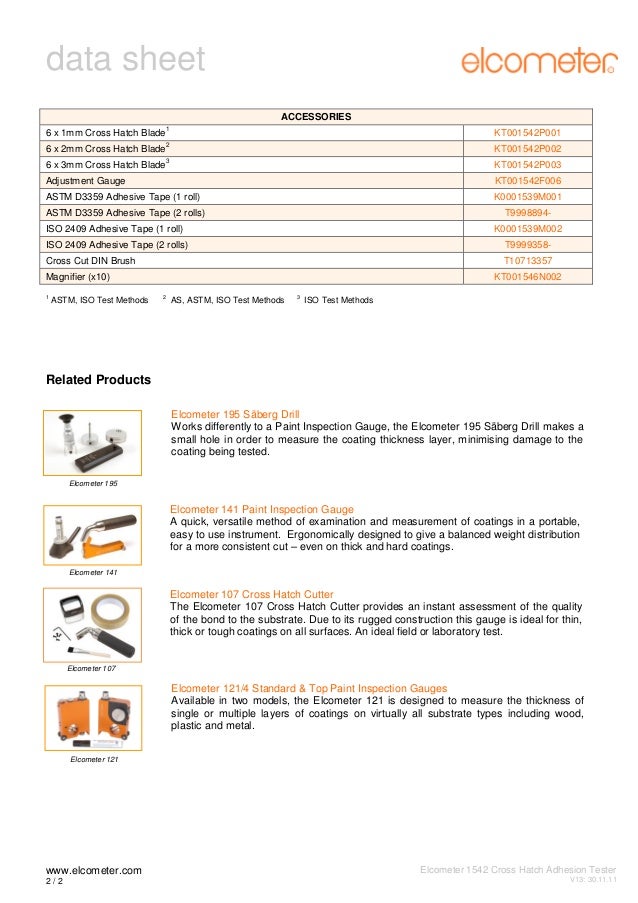Iso Vs Astm Test Method
Posted By admin On 17.12.20
Global standardization has led to the gradual replacement of the American Society for Testing and Materials standard to the International Standard Organization method. These standards establish useful and accurate baselines for materials manufacturing. ISO has developed over 18,500 standards, as of publication date. There isn't a mathematical formula for converting ISO back to ASTM, but you can refer to published tables to find the equivalent specifications in one system or another.
Identify the product specification linked to the ASTM designation. For example, ASTM D638-94b covers tensile evaluations for plastics, including overall length, radius and width. Download remote mouse for pc.
Navigate to the online ISO Catalog published by the American National Standards Institute.
Click 'keyword' and then type a description for the procedure or product into the 'Enter keywords' text box. Click 'Go.' A list of relevant ISO standards will appear.
Within the test room. Since the ISO sample size is twice that used for the ASTM test, we would expect to see a difference, if in fact sample size is significant. Adobe photoshop cs5 cracked. To evaluate the effect of sample size on absorption, 12 samples were run following the ASTM C423 method using an E-400 mounting for both the ASTM and ISO sample. Mechanical test methods Our comprehensive range of mechanical test methods ensures reliable and meaningful data that is applicable to almost any problem or application. In the following table you will find an extract of the test methods and standards we offer. Izod Impact Testing (Notched Izod) ASTM D256, ISO 180 is a common test to understand notch sensitivity in plastics. Scope: Notched Izod Impact is a single point test that measures a materials resistance to impact from a swinging pendulum. Izod impact is defined as the kinetic energy needed to initiate fracture and continue the fracture until. There are two primary differences between the ASTM method and the ISO method. One is that the ASTM uses a specimen that is ½ inch wide and can be either 1/8 or 1/4 inches thick. The ISO method uses a specimen that is 10mm wide by 4 mm thick.
Select an ISO standard based on the given description. For example, ISO 527-5:2009 is 'Plastics -- Determination of tensile properties -- Part 5: Test conditions for unidirectional fibre-reinforced plastic composites.'
ASTM D6322-15, Standard Guide to International Test Methods Associated with Textile Care Procedures, ASTM International, West Conshohocken, PA, 2015, www.astm.org Back to Top. Tensile Test Methods for Plastics: ISO 527 and JIS K 7161; Tensile Test Methods for Plastics: ASTM D638; Flexural Test Methods for Plastics: ISO 178 and JIS K 7171. Compliance with ISO, JIS, and ASTM This Website uses cookies to offer you a better browsing experience and to analyze our traffic.
Although you don't need to purchase the actual catalog to get the ISO number, you may want to purchase one to be sure the material or procedure is exactly the same. ASTM and ISO aren't always exactly equivalent -- the only way to tell for sure is comparing the descriptions in both naming conventions.
Iso Vs Astm Test Method Pdf
- Ryan McVay/Digital Vision/Getty Images